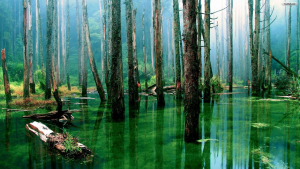
We all love the view and enchantment of a beautiful forest, at least I know I do. Forests are a place of majesty, exploration and inspiration. They are also arguably the most important vegetation zone on the planet (Myers, 1989).
I have spent the past four months exploring and hiking up as many trails as my legs would allow while staying in a wood cabin in the amazing Colville Forest, Washington. During my stay, I had a lot of time to think to myself and experience nature. I became inspired, inspired to inform others of the dangers that threaten a place I have grown to treasure and so many others hold dear.
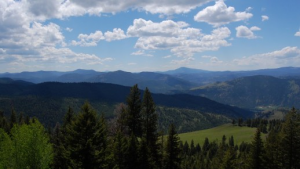
Global warming and climate change:
Climate change, is the most pressing environmental concern of our time (Solomon et al., 2009).
Atmospheric carbon dioxide (CO2) levels have been rising since the industrial revolution, and temperatures have been rising ever since (Thuiller, 2007). Temperatures have risen 0.6oC since before the industrial revolution (Lawlor, 2005) but with this rising temperature comes many other changes to global climate (Jump and Penuelas, 2005).
One of the key changes in climate is a different rainfall pattern, regions closer to the equator will receive less rain and regions closer to the poles will receive more (Lawlor, 2005).
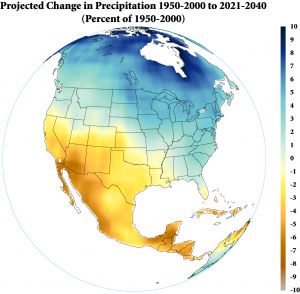
Of course, a reduction in water for trees at low latitudes will produce negative effects, as trees need water to survive. So, surely an increase in water will be a good thing? Won’t more water result in more trees? It can’t do any harm, can it? Yes, yes it can.
Effects of high rainfall and flooding on trees:
Tree roots absorb oxygen (O2) and minerals from pockets of air in the soil (needed for healthy growth) (Kozlowski, 1986), but after an influx of water these air pockets become saturated and the soil compacted. This rapidly reduces O2 levels in soil and can severely reduce tree growth and even kill trees (Kozlowski, 1984; Kozlowski, 1986). These anaerobic (O2 absent) conditions can also cause the growth of harmful fungi, which can infect the tree roots with a range of diseases, potentially killing the trees (Stolzy and Sojka, 1984).
Why does this matter?
Trees are a vital sink of atmospheric CO2 (Canadell and Raupach, 2008), crucially combatting the effects of climate change by absorbing vast amounts each year. During a process called photosynthesis, plants leaves use light energy to convert CO2 and water into O2 and glucose (food). This is the process crucial to combat the effects on climate change.
Climate change is also altering the distribution of species (Fitzpatrick et al., 2008) and unlike animals, plants cannot migrate fast enough to track the changing climate of the future (Jump and Penuelas, 2005). Therefore, plants must withstand and adapt to future changes.
Not only is Colville National Forest at risk, many more breath-taking forests are at risk of the same effects. So, will forests adapt and continue to play an imperative role in the fight against climate change? Or will they perish?
The future is uncertain and this question remains to be answered.
Word Count: 500
References:
Lawlor, D.W., 2005. Plant responses to climate change: impacts and adaptation. In Plant Responses to Air Pollution and Global Change. Springer Japan, pp.81-88.
Solomon, S., Plattner, G.K., Knutti, R. and Friedlingstein, P., 2009. Irreversible climate change due to carbon dioxide emissions. Proceedings of the national academy of sciences, 106(6) pp.1704-1709.
Jump, A.S. and Penuelas, J., 2005. Running to stand still: adaptation and the response of plants to rapid climate change. Ecology Letters, 8(9), pp.1010-1020.
Thuiller, W., 2007. Biodiversity: climate change and the ecologist. Nature, 448(7153), pp.550-552.
Kozlowski, T.T., 1986. Soil aeration and growth of forest trees (review article). Scandinavian Journal of Forest Research, 1(1-4), pp.113-123.
Kozlowski, T.T., 1984. Plant responses to flooding of soil. BioScience, 34(3), pp.162-167.
Canadell, J.G. and Raupach, M.R., 2008. Managing forests for climate change mitigation. science, 320(5882), pp.1456-1457.
Stozly, L.H. and Sojka, R.E., 1984. Effects of Flooding on Plant Disease. In: Kozlowski, T.T. ed. Flooding and Plant Growth. London: Academic Press Inc. Ltd, pp. 221-241.
Fitzpatrick, M.C., Gove, A.D., Sanders, N.J. and Dunn, R.R., 2008. Climate change, plant migration, and range collapse in a global biodiversity hotspot: the Banksia (Proteaceae) of Western Australia. Global Change Biology, 14(6), pp.1337-1352.
Myers, N., 1989. The future of forests. The Fragile Environment: The Darwin College Lectures, pp.22-40.
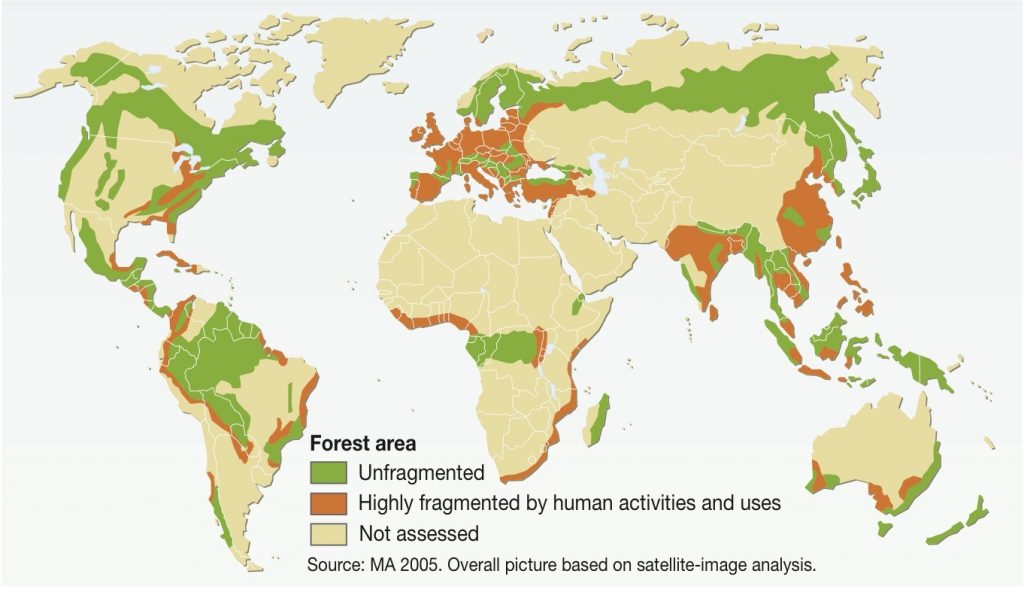
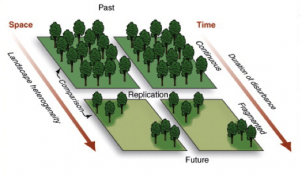

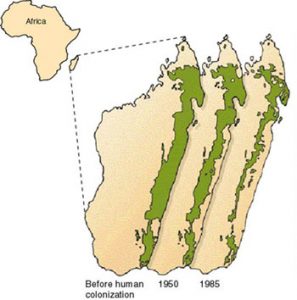
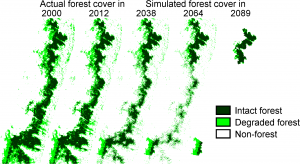
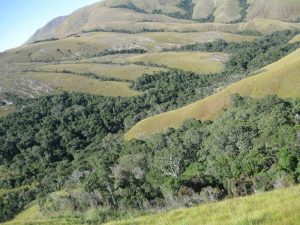

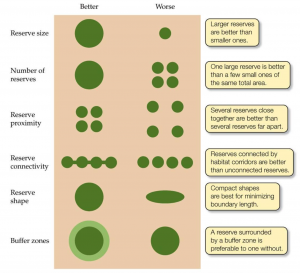
 Such tragic pictures were taken in China telling stories of the low-income people who live on fisheries lost their fishes due to the algae bloom. However, this problem does not only present in China: according to reports, during 1972 to 1999 US commercial fisheries lost over 18 million dollars every year due to the poor water quality (National Science Foundation, 2000).
Such tragic pictures were taken in China telling stories of the low-income people who live on fisheries lost their fishes due to the algae bloom. However, this problem does not only present in China: according to reports, during 1972 to 1999 US commercial fisheries lost over 18 million dollars every year due to the poor water quality (National Science Foundation, 2000).
 The submerged aquatic plants which are adapted themselves to original lake conditions (e.g. high concentration of chlorophyll) are almost wiped out from the lakebed during the algae bloom (Jupp and Spence, 1977). In the case of Taihu lake in China, the area covered by submerged aquatic plants was over 530 km2 which reduced to around 300 km2 in 2009 (Qin et al., 2012).
The submerged aquatic plants which are adapted themselves to original lake conditions (e.g. high concentration of chlorophyll) are almost wiped out from the lakebed during the algae bloom (Jupp and Spence, 1977). In the case of Taihu lake in China, the area covered by submerged aquatic plants was over 530 km2 which reduced to around 300 km2 in 2009 (Qin et al., 2012).
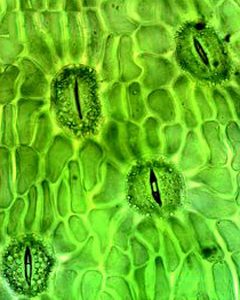
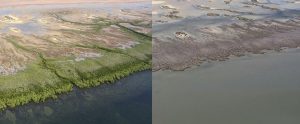
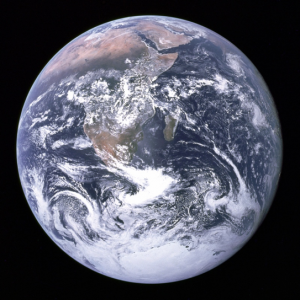
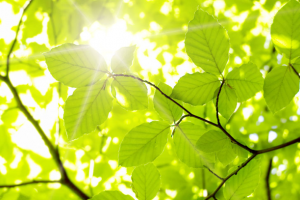

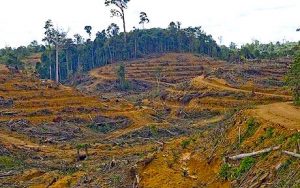
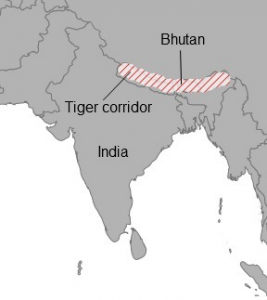

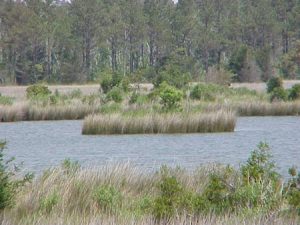
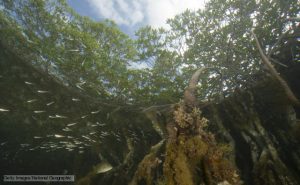
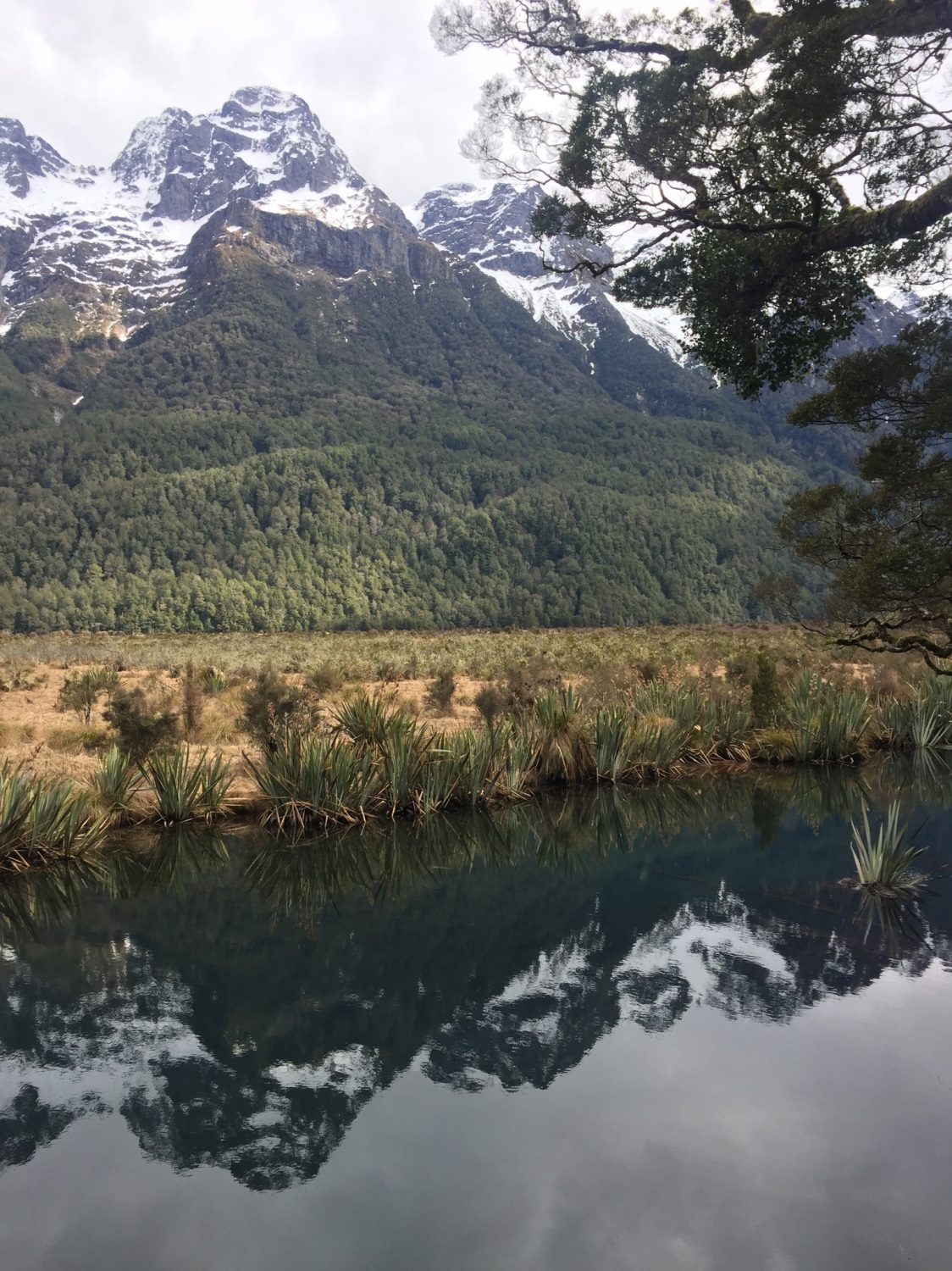



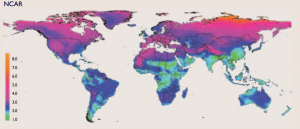
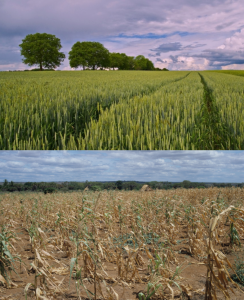
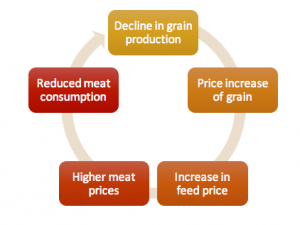
Recent Comments